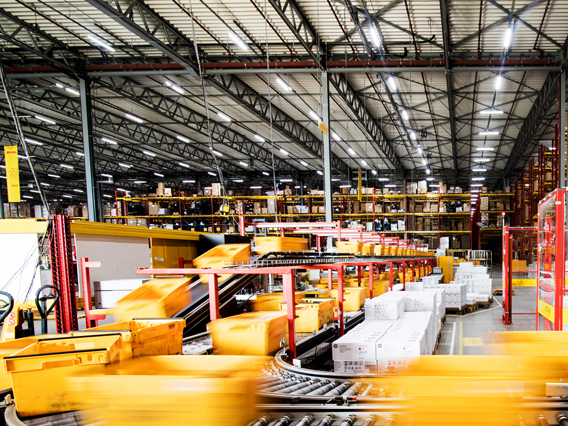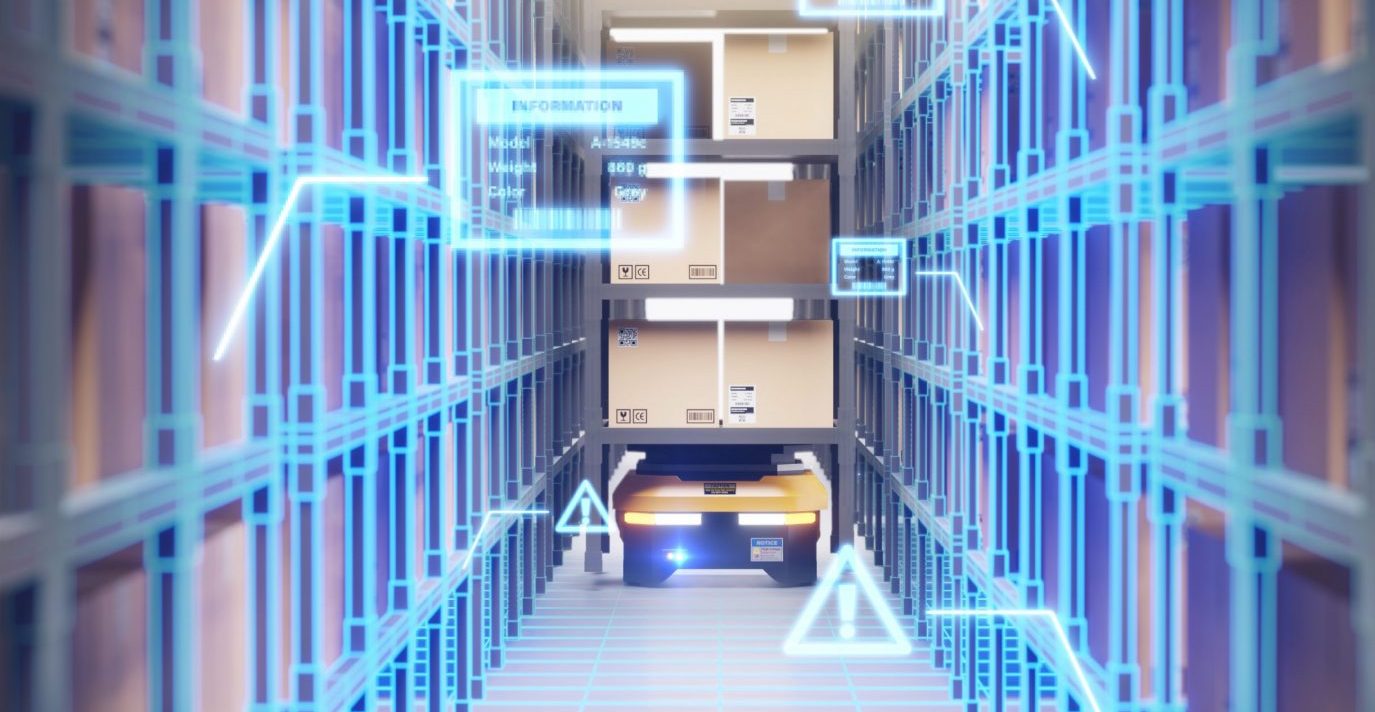
Introduction
The world of warehouses and logistics centers has evolved significantly over the years, with the introduction of smart technologies bringing about a transformative shift in the industry. This article aims to explore the relevance and importance of smart warehouses and logistics centers in today’s fast-paced business landscape.
Historical Background
Warehouses and logistics centers have come a long way since their inception. From traditional storage facilities to sophisticated hubs of efficiency, their evolution has been driven by the need for improved productivity and streamlined operations. The emergence of smart technologies, such as automation and robotics, has accelerated this transformation, revolutionizing the way warehouses and logistics centers operate.
Key Concepts and Definitions
To fully understand the concept of smart warehouses and logistics centers, it is important to define key terms and concepts related to the topic. The Internet of Things (IoT) plays a crucial role in enabling connectivity and data exchange between various devices and systems within these facilities. Artificial Intelligence (AI) empowers decision-making processes and enhances efficiency through intelligent algorithms. Robotics and automation automate repetitive tasks, improving inventory management and order fulfillment. Data analytics and machine learning provide valuable insights for informed decision-making. Autonomous vehicles and drones enable efficient and accurate movement of goods within the facility.

Main Discussion Points
Integration of smart technologies in warehouse and logistics operations
The integration of smart technologies brings numerous benefits to warehouse and logistics operations. Automation and robotics facilitate accurate inventory management, reducing errors and improving overall efficiency. AI-powered systems streamline order fulfillment and delivery processes, ensuring timely and accurate shipments. Smart surveillance systems enhance safety and security measures, preventing theft and damage.
Optimization of supply chain management through smart technologies
Smart technologies enable real-time tracking and monitoring of inventory through IoT sensors, enabling better inventory management. Predictive analytics, powered by AI, facilitate demand forecasting and inventory planning, ensuring optimal stock levels. AI algorithms also help optimize route planning and fleet management, improving delivery efficiency.
Collaboration and connectivity in smart warehouses and logistics centers
The seamless flow of information is crucial for efficient warehouse and logistics operations. Integration of various systems enables real-time data exchange, ensuring accurate and up-to-date information for decision-making. Interoperability between different technologies and platforms allows for smooth coordination and communication. Collaborative platforms foster efficient coordination among stakeholders, enhancing overall operations.
Case Studies or Examples
Example – Amazon’s implementation of smart technologies in their warehouses
Amazon has been at the forefront of adopting smart technologies in their warehouses. They utilize robots for inventory management and order fulfillment, increasing efficiency and reducing manual labor. AI algorithms are employed for demand forecasting and dynamic pricing, ensuring optimal inventory levels and competitive pricing.
Example – DHL’s smart logistics center in Singapore
DHL’s smart logistics center in Singapore utilizes IoT sensors for real-time tracking and monitoring of goods. This enables accurate and efficient inventory management, reducing the risk of stockouts or overstocking. The integration of AI-powered algorithms optimizes last-mile delivery, ensuring packages reach their destinations quickly and cost-effectively.
Current Trends or Developments
Adoption of blockchain technology for supply chain transparency and traceability
Blockchain technology is gaining traction in the industry, providing transparency and traceability throughout the supply chain. It enables secure and tamper-proof record-keeping, reducing the risk of fraud and counterfeiting.
Use of augmented reality (AR) and virtual reality (VR) for training and remote assistance
AR and VR technologies are being utilized for training purposes, allowing employees to gain hands-on experience in a virtual environment. Remote assistance through these technologies also enhances troubleshooting and maintenance processes.
Implementation of 5G technology to enable faster and more reliable connectivity
The implementation of 5G technology promises to revolutionize warehouse and logistics operations by enabling faster and more reliable connectivity. This ensures real-time data exchange and seamless communication between various devices and systems.
Challenges or Controversies
Data security and privacy concerns in smart warehouses and logistics centers
The collection and storage of vast amounts of data in smart warehouses and logistics centers raise concerns about data security and privacy. Robust cybersecurity measures and strict data protection protocols need to be in place to mitigate these risks.
Impact of automation on workforce and job displacement
The increasing adoption of automation and robotics in warehouses raises concerns about the potential displacement of human workers. It is essential to find a balance between automation and human labor to ensure job security and maintain a skilled workforce.
Standards and regulations for interoperability and data exchange
Interoperability between different technologies and platforms requires common standards and regulations. Establishing these standards is crucial to ensure smooth data exchange and collaboration between various systems within warehouses and logistics centers.
Future Outlook
Potential advancements in smart warehouse and logistics technologies
The future of smart warehouses and logistics centers holds immense potential for advancements. This includes further integration of AI, robotics, and automation, as well as the utilization of emerging technologies like edge computing and IoT edge devices.
Integration of smart warehouses with smart cities and smart grids
The integration of smart warehouses with smart cities and smart grids will create a more interconnected and sustainable ecosystem. This will enable efficient energy management, optimized transportation, and seamless coordination between various stakeholders.
Importance of continuous innovation and adaptation in the industry
Continuous innovation and adaptation are crucial for the success of smart warehouses and logistics centers. Embracing emerging technologies, investing in research and development, and fostering a culture of innovation will ensure that the industry stays at the forefront of advancements.
Conclusion
In conclusion, smart warehouses and logistics centers have become an indispensable part of the modern supply chain management landscape. The integration of smart technologies brings numerous benefits such as improved efficiency, optimized inventory management, and enhanced collaboration. Despite challenges, the potential for future advancements and the continuous need for innovation make the adoption of smart technologies a necessity for businesses in this industry.